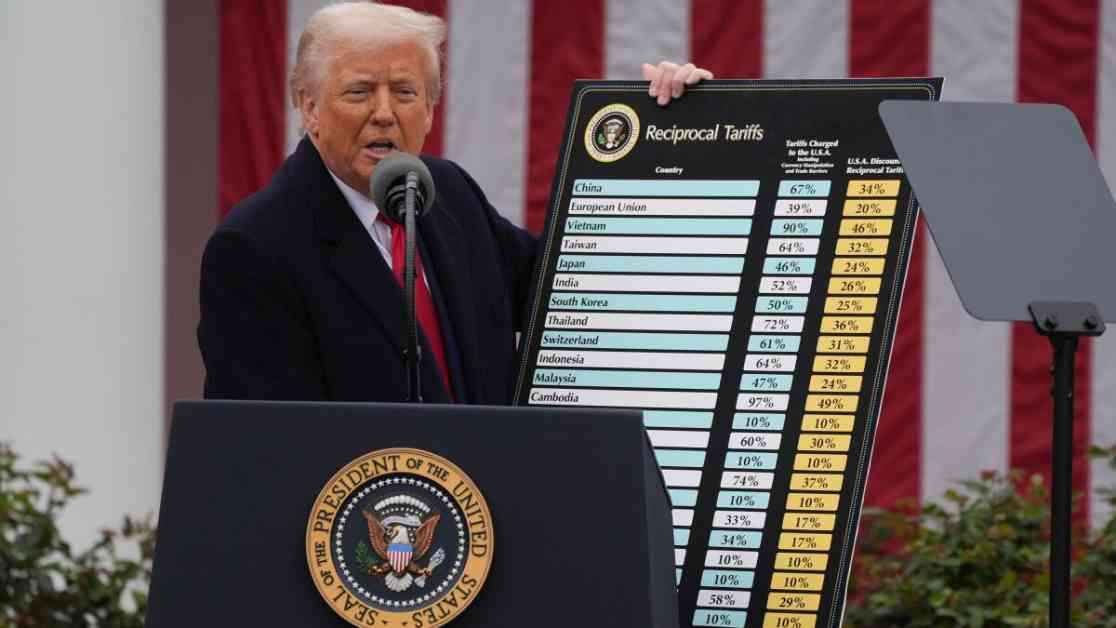In the ever-evolving landscape of global trade, the debate over tariffs has sparked contentious discussions among policymakers, economists, and the general public. While traditional economic theory often emphasizes the benefits of free trade, recent developments have brought the strategic use of tariffs into the spotlight. This shift in focus towards protectionist measures has raised questions about the role of tariffs in promoting national interests and ensuring supply chain resilience.
Historical Perspective: The Legacy of Protective Tariffs
Drawing inspiration from the insights of historical figures such as Alexander Hamilton and Abraham Lincoln, proponents of strategic tariffs argue that prioritizing production and industrial capacity is essential for maintaining geopolitical strength. Hamilton’s seminal work, the “Report on Manufactures,” laid the groundwork for a protectionist approach to trade that emphasized the importance of domestic industries. Similarly, Lincoln’s advocacy for protective tariffs reflected a commitment to safeguarding American manufacturing capabilities in the face of global competition.
Fast forward to the present day, and the debate over tariffs has taken center stage once again. In the year 2025, President Trump’s administration has embarked on an aggressive tariff campaign, challenging conventional wisdom and prompting a reevaluation of trade policies. While critics have raised concerns about the potential economic impact of these tariffs, recent developments suggest that there may be some positive outcomes on the horizon.
Positive Signs: A Shift Towards Domestic Investment
In February, tech giant Apple made headlines with its announcement of a $500 billion investment in the U.S. over the next four years. This move signaled a renewed commitment to domestic manufacturing and underscored the potential benefits of a more protectionist trade stance. Other companies, such as Johnson & Johnson and Nvidia, have also pledged significant investments in U.S. operations, signaling a broader trend towards reshoring and supply chain localization.
While these developments point to a potential renaissance in American manufacturing, challenges remain. The Trump administration’s tariff policy has been criticized for its broad and inconsistent implementation, leading to market volatility and uncertainty. The decision to impose tariffs on allies like Canada has raised eyebrows and sparked concerns about the long-term implications of these trade actions.
Looking Ahead: Finding a Balance in Trade Policy
As the debate over tariffs continues to unfold, it is clear that there are no easy answers. While tariffs can play a vital role in protecting national interests and promoting domestic industries, their indiscriminate use can have unintended consequences. Finding a balance between free trade and protectionism is essential for navigating the complexities of the global economy and ensuring long-term prosperity.
In the words of Josh Hammer, author of “Israel and Civilization: The Fate of the Jewish Nation and the Destiny of the West,” “Tariffs absolutely do have a role to play. But while a thunderous jackhammer of a policy disruption may be appealing, sometimes a mere scalpel will suffice.” As policymakers grapple with the challenges of a rapidly changing trade landscape, it is clear that thoughtful and strategic decision-making will be essential in shaping the future of global trade.
In conclusion, the debate over tariffs is far from settled. As the Trump administration continues to implement its trade policies, the impact of these actions will be closely scrutinized. Whether tariffs prove to be a boon or a burden remains to be seen, but one thing is certain: the conversation around trade policy is far from over.














